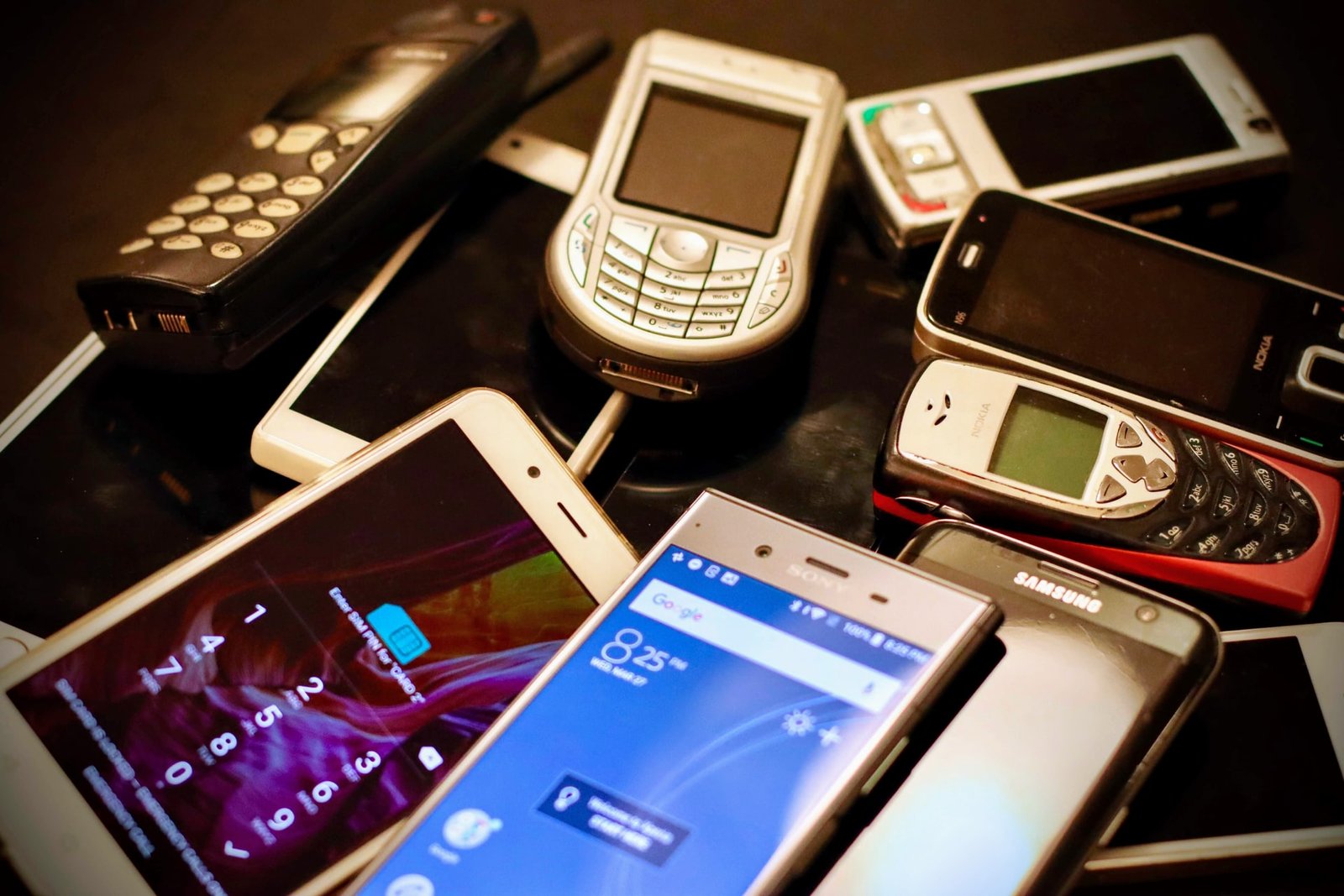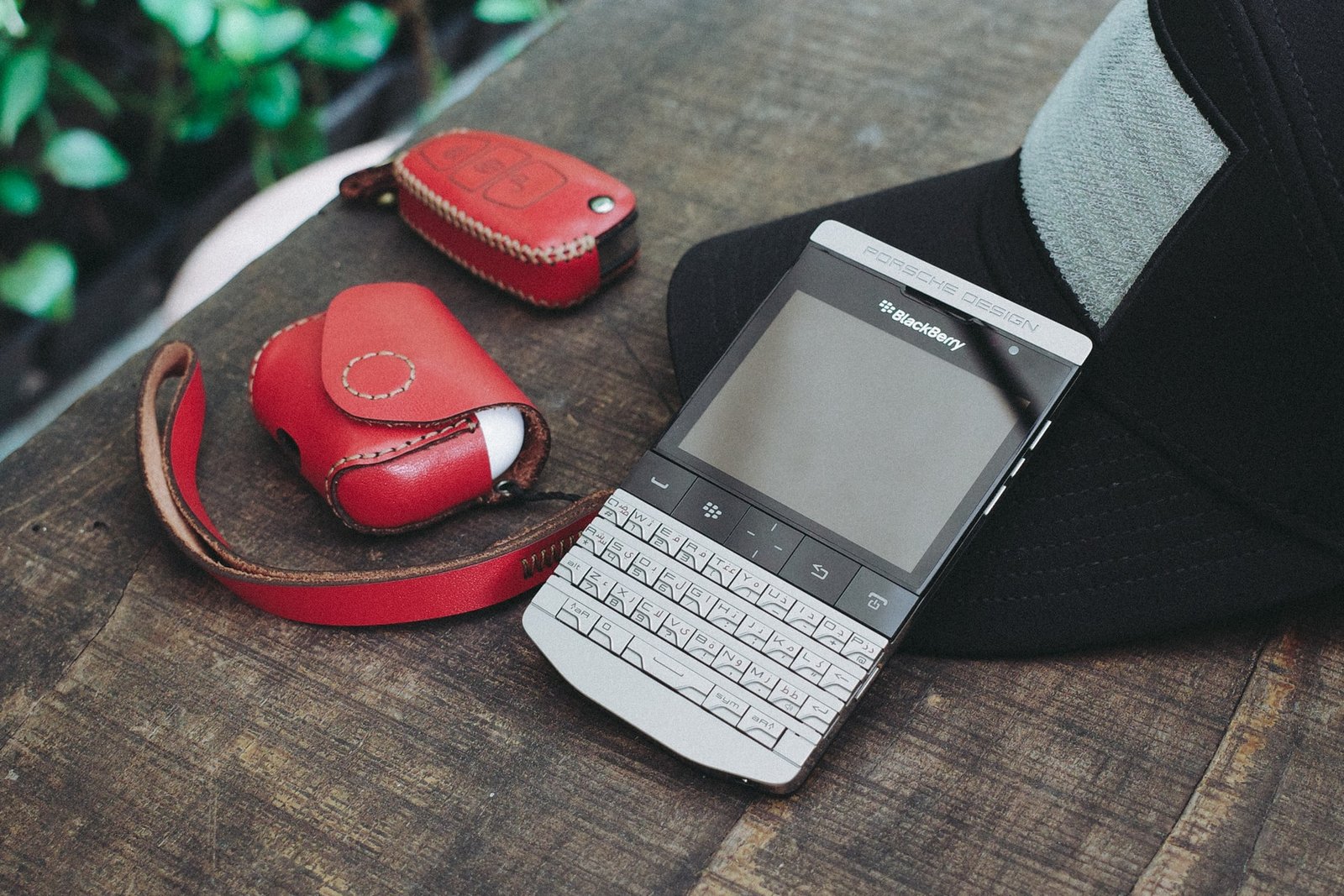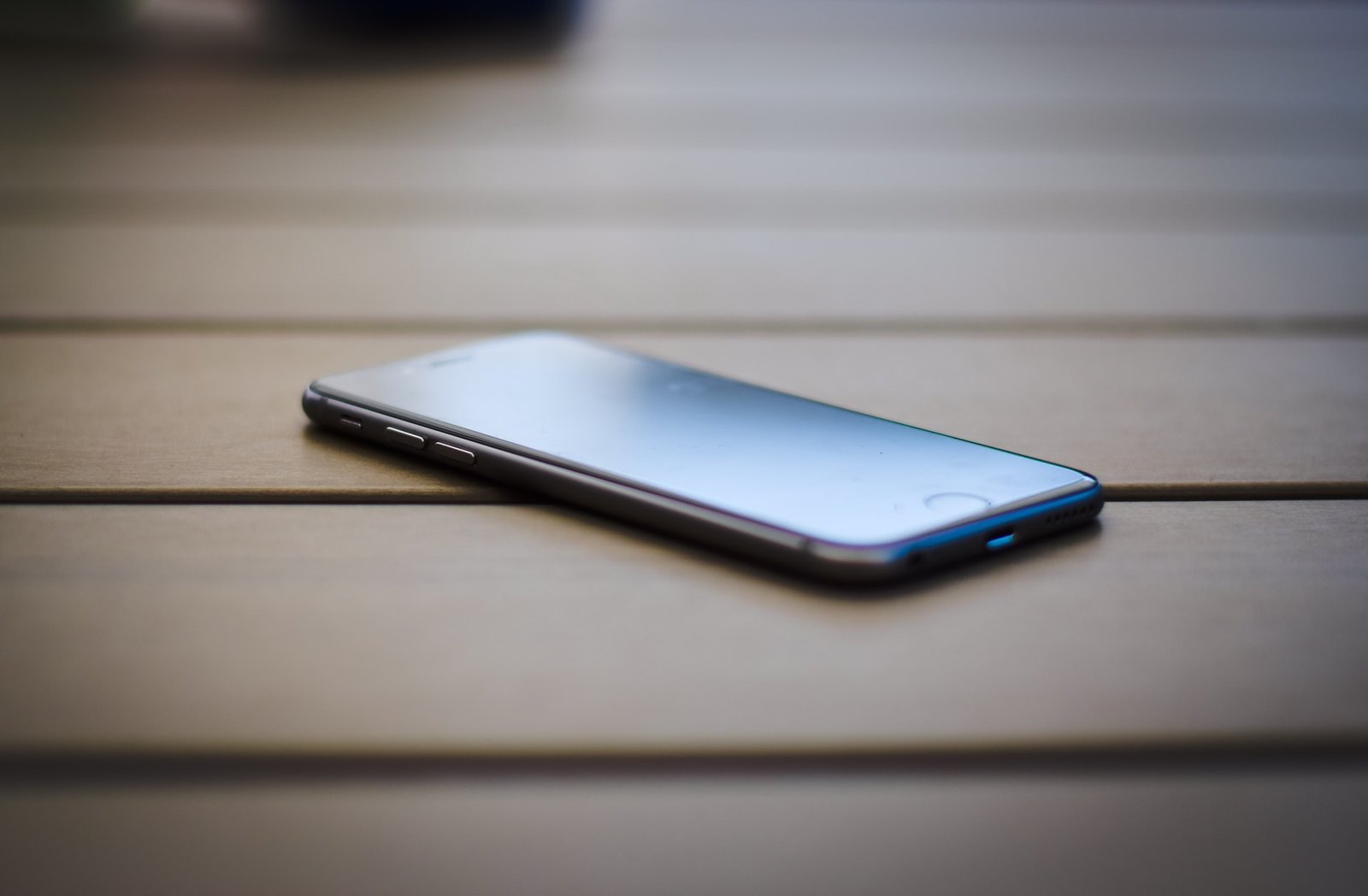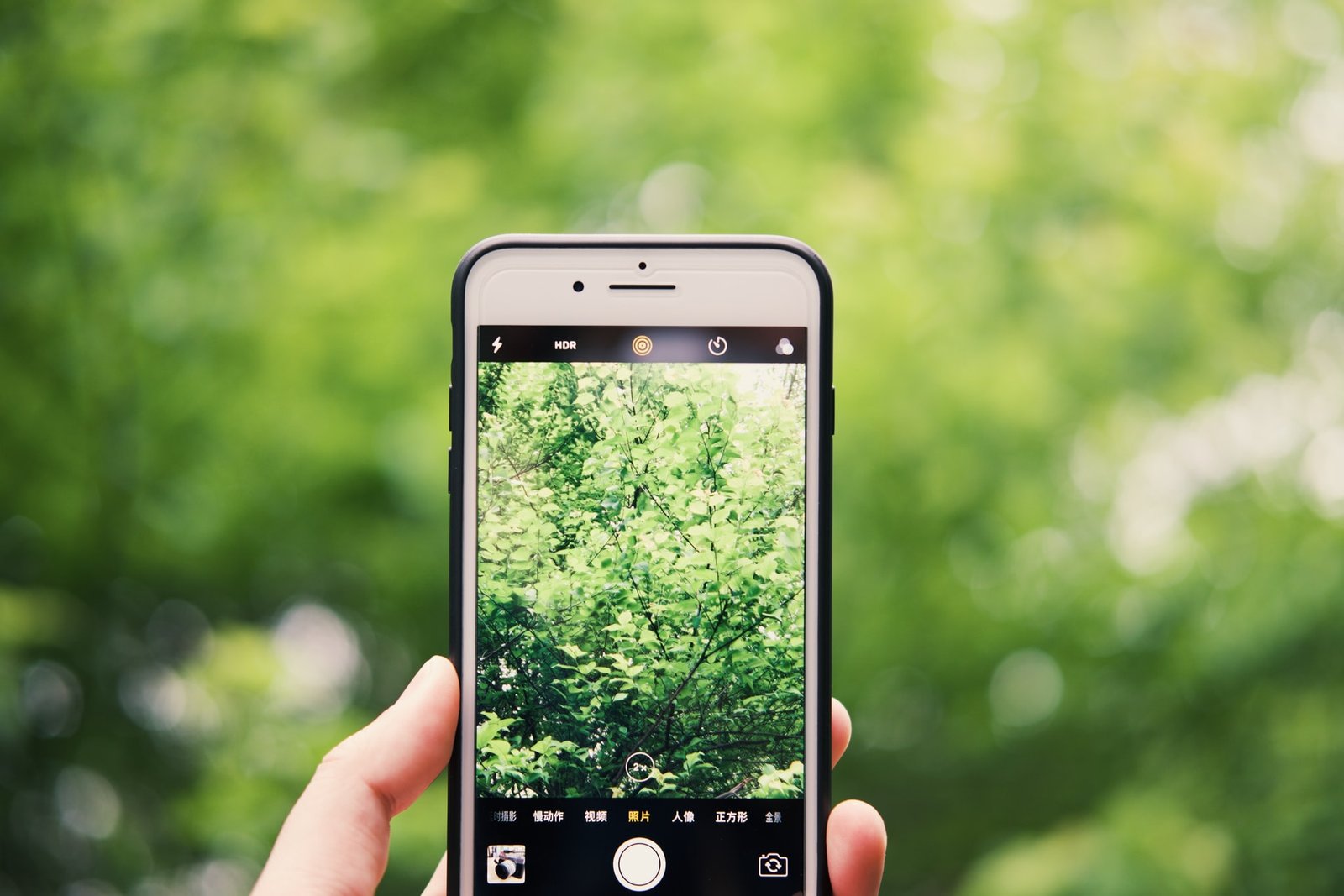
The Massive Cost In Euros And CO2 Of Not Recycling Mobile Phones
Used electronics online shop reBuy has released a study which analyzes the cell phone e-waste in 27 countries.
New data uncover the number of cell phones which could be reused or recycled for 27 countries, revealing the potential environmental savings in CO2, toxicity, and precious metals.
From helping millions to give their used tech a second life, reBuy has become increasingly aware of the sheer volume of perfectly functional but unwanted cell phones gathering dust in drawers.
Although e-waste comes in many forms, this study focuses on cell phones—one of the most popular forms of technology, but also the most disposable. Whereas in the past, the majority of e-waste included products which had broken or become obsolete, technology trends and the pressure to have the latest tech, particularly with cell phones, means that a growing amount of e-waste is products which have gone ‘out of fashion’ rather than defunct.
With the largest shopping period of the year approaching, reBuy decided to commission a study looking into phone e-waste in 27 countries, in order to shine a light on this important topic.

The results allow for the first time a country-by-country comparison of estimated cell phone e-waste, and the potential environmental and economic value of these old models. Revealing not only how many cell phones are in use, but this data also shows that some nations have more shelved phones gathering dust in their homes than they have people living in the country.
“Globally, we generated an estimated 54 million metric tons of e-waste last year, according to Statista,” says Philipp Gattner, CEO of reBuy.
“Both Black Friday and Christmas are coming up, which has in the past decade proven to result in enormous sales of items such as new smartphones, e-readers, tablets and games consoles.”
With this index, reBuy wants to educate people about e-waste and encourage everyone to consider buying refurbished tech products to give technology a second-life, or to properly recycle their old items when investing in new electronics, by looking up local e-waste recycling facilities, instead of throwing them onto landfill.
“Almost all e-waste contains some type of recyclable material such as plastic, glass and metal,” Gattner adds.
“By correctly recycling electronics, you reduce the amount of dangerous toxic chemicals such as lead and chromium leaking into our soil, resulting in a healthier, safer world.”

Key Findings
- The USA has the highest number of total shelved cell phones in the index, at 223.1 million. This is followed by Germany, at 84.7 million, and the UK at 83.1 million.
- The total number of shelved phones for all 27 countries in the index equates to a sales value of $2.3 billion in precious metals such as gold, silver, palladium, platinum, and copper.
- Sweden has the most ‘shelved’ cell phones per capita, at 1.31, meaning that Swedes have more discarded phone models in their homes than they have citizens. Finland takes the second spot with 1.29 phones, while the UK, Lithuania, and Estonia take joint third place with 1.24 shelved cell phones per capita.
- New Zealand has the least shelved cell phones per capita, at 0.54, followed by Canada and the USA, with 0.60 and 0.68 respectively.
- The USA ranks as #25 out of 27, with 0.68 shelved cell phones per capita.

How the study was conducted
The study began by selecting 24 European countries with comparable and available data on e-waste, plus Canada, the USA, and New Zealand to provide global context. The data collection began by using the EU framework for calculating e-waste, which was complemented by online survey data to create a comparative dataset estimating the current cell phone e-waste situation in these 27 countries.
First, the number of cell phones was determined for each country, both those which are actively used and those which have been ‘shelved’, meaning models that are not in use, nor yet disposed of. Next, the analysis looked at how many of those used models were second-hand and calculated the total number of shelved cell phones which could be recycled or resold.
Read the full methodology and results on reBuy’s website.
“There are around 3 billion people on this planet who don’t own a cell phone, yet in just these 27 countries, there are an estimated 771 million shelved phones sitting in our homes. Many of these models will function perfectly fine but simply don’t conform to the latest model or trend.
For so many of us in affluent countries, we forget what a luxury and a privilege it is to be able to connect to our loved ones or have access to an infinite encyclopedia of knowledge at the touch of a button,” Gattner says.
“It would be amazing if this index helped inspire people to properly recycle, donate or regift their old cell phones so that someone else in the world could benefit from this amazing technology that many of us sadly take for granted.”









